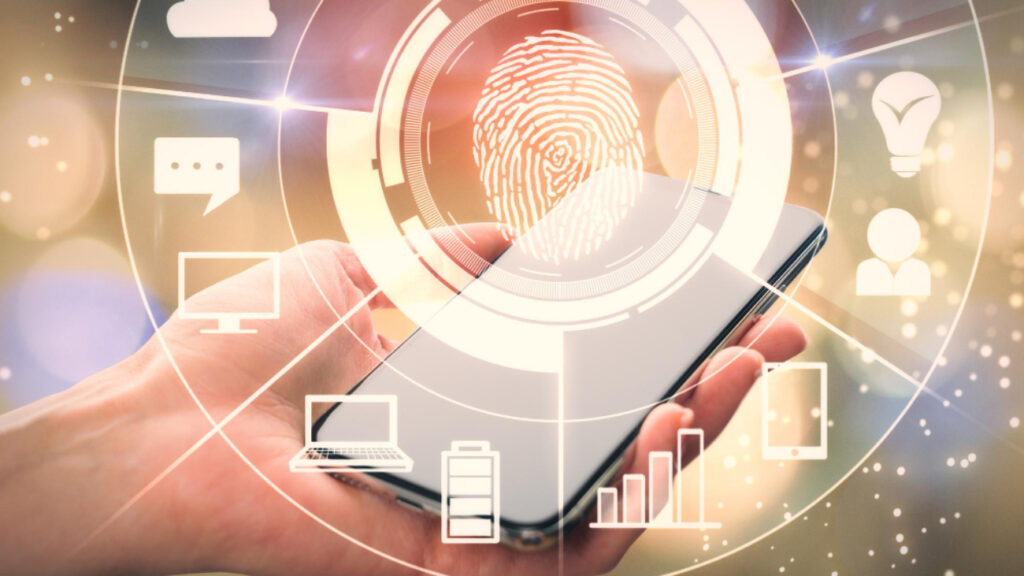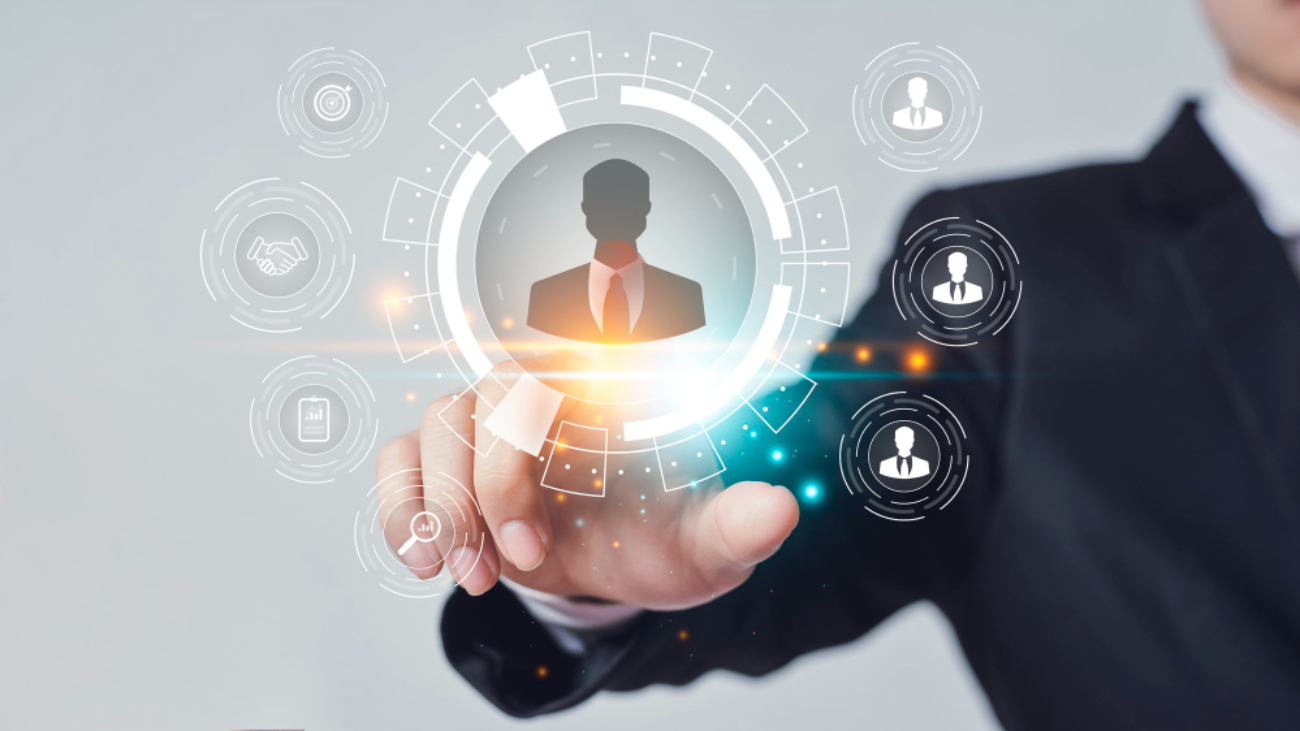Biometrics has revolutionized the way we interact with technology in daily life observed Bahaa Abdul Hadi. With voice recognition, fingerprint scanning and facial detection systems, we are now able to access public transport, offices, airports, apps and so on. An up-and-coming subfield in the field of biometrics is that of gait recognition. Biometrics tech will soon be able to identify and distinguish human beings based their unique gait.
Computers will scientifically observe, analyse and record data about the human gait. The shape of our bodies and different styles of walking will be extensively studied to hone biometric tech that can easily recognize a person’s specific gait. This includes analysing patterns of all activities of the legs including strutting, running, jogging, hiking, sauntering and so on.
Taking one stride cycle as a basis, the motion of keeping our left and right foot forward once will be studied to identify our unique gait. This will then be captured with the help of motion censors and our unique musculoskeletal imprint will be recorded in the database.
Capture gait information
Our distinct gait is usually recorded with the help of motion sensors and special cameras that are skilled in picking up even minute differences. This data is entered to a database and in the future it is compared and matched with existing data of users.
Studying silhouettes
The silhouette of a person’s body is studied by computers and also plays a role in successfully registering an individual’s gait. Visual algorithms will factor into learning the intricacies of a person’s gait and evolve to suit better. Mapping out the user’s silhouette helps in quick detection without any errors.
Analyzing contours
You might wonder why recording the contours of the human body is needed for gait recognition but this will go a long way in precise registering of data. Contour studies will result in a high degree of accuracy and a hassle-free scanning. When biometric data of millions of people is stored, studying contours will help pinpoint unique data.
Classifying gait
Once a person’s gait is effectively scanned and recorded, it will also be classified into different types of human gait. It could be classified on various factors such as race, age, gender, health issues, professions and so on. These further demarcations will also help sharpen the gait recognition technologies until they are foolproof and ensure even complicated cases are recorded accurately.
Thank you for your interest in Bahaa Abdul Hadi blogs. For more information, please visit www.bahaaabdulhadi.com.







